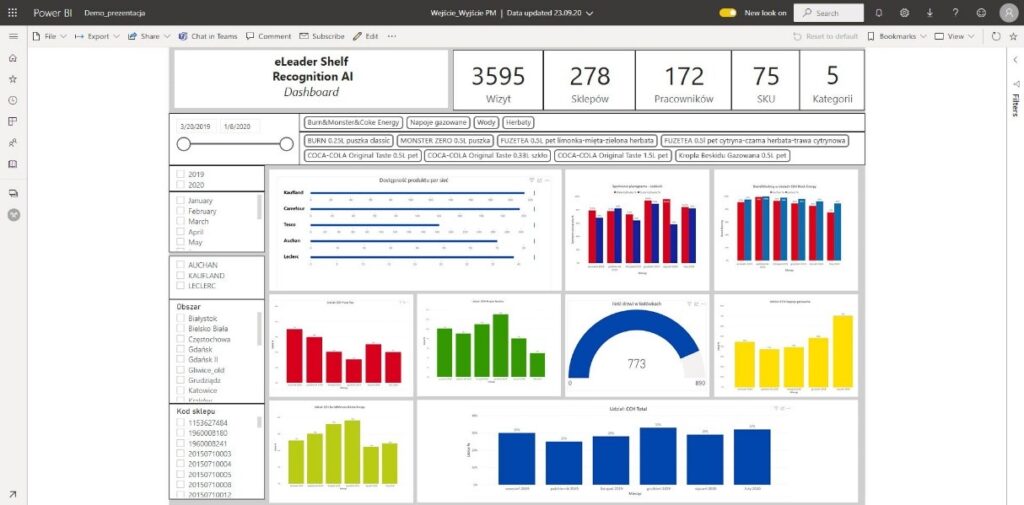

Planogram compliance refers to the in-store execution of a given planogram.


Customer footpaths, product displays and storage, point-of-sale setup … all of this and more should be incorporated into how you design and organize your storefront.

Your space is essential to your success.īut planning how you’ll use your retail space is easier said than done. You pay for your space, valuable products occupy your space, and customers enter and navigate your space to-ideally-make a purchase. For a physical retailer, a well-designed brick-and-mortar store is the Holy Grail. Planograms help retail stores gather data that inspires smarter design, display, and merchandising choices to drive increasing sales. Here’s an example of a planogram for a retailer selling baby products. They typically provide a blueprint for visual merchandising and product displays and ultimately help with inventory management. Planograms place special attention on product placement and displays, as well as point-of-sale locations.Īlso called POGs, shelf space plans, space plans, and retail schematics, planograms are one piece of a larger, more comprehensive visual merchandising plan. A planogram is a schematic tool used to plan a retail store layout.


 0 kommentar(er)
0 kommentar(er)
